Choosing the right backpack can make or break an adventure. As someone who’s spent countless miles on trails across the country, I know firsthand how the right pack can transform your hiking experience.
I’ve tested dozens of lightweight backpacks to bring you this definitive guide for 2025. The backpacking revolution has changed how we approach hiking, with innovative materials and designs allowing us to carry less weight while maintaining comfort and functionality.
I’ve personally tested each of these packs on real trails, in various weather conditions, and with different load weights to ensure my recommendations will stand up to whatever adventure you have planned.
Table of Contents
Key Takeaways
- Top-rated backpacks for various hiking styles and budgets
- Key features to consider when choosing a backpack
- How to optimize your pack for comfort and efficiency
- Personal recommendations based on extensive testing
- Tips for reducing weight without sacrificing essential gear
Why Weight Matters for Hiking Backpacks
As I reflect on my hiking experiences, I’ve come to realize that the weight of my pack plays a crucial role in determining my overall comfort and energy levels on the trail. Ultralight backpacking is gaining popularity, and for good reason – going light means going farther, faster, and more comfortably.
The choice between a frame or frameless pack largely depends on the weight of the rest of your gear. Some manufacturers recommend an 8-pound base weight when using packs without a frame, which increases to 12 pounds with a suspension hoop. This consideration is vital in understanding how to optimize your pack’s weight.
Key Considerations for Pack Weight
- Every ounce matters when covering miles on the trail. Reducing pack weight by just 2 pounds can make a noticeable difference in energy levels at the end of a 15-mile day.
- The physics behind pack weight is simple yet profound: for every pound carried, the body expends approximately 5-7 additional calories per hour. This translates to significant energy conservation with a lighter pack over 8+ hours of hiking.
- A lighter pack allows hikers to focus more on the surrounding landscape and less on the discomfort of a heavy load pressing into their shoulders and hips.
- Modern lightweight packs have addressed durability concerns with innovative materials like Dyneema and Ultra fabric, offering exceptional strength-to-weight ratios.
- Finding the sweet spot between weight savings and carrying comfort is crucial. Going too light can sometimes sacrifice the support needed for heavier loads, especially on longer trips.
The weight of your pack affects not just your energy levels but also your balance on technical terrain, risk of injury, and overall enjoyment of the hiking experience. As the hiking culture continues to evolve, traditional 5-6 pound backpacks are giving way to ultralight options weighing under 2 pounds, revolutionizing how far and fast hikers can travel.
By understanding the importance of pack weight and making informed choices, hikers can significantly enhance their backpacking experience. It’s about striking a balance between comfort and weight, ensuring that your pack supports your adventure rather than hindering it.
Key Features to Consider When Choosing a Lightweight Backpack
Selecting a lightweight backpack that’s both durable and comfortable is essential for any serious hiker or backpacker. After testing dozens of packs across thousands of trail miles, I’ve identified the critical features that separate exceptional lightweight backpacks from merely adequate ones.
The suspension system is perhaps the most crucial element in a backpack. Even the lightest packs need some form of load transfer to maintain comfort. This can be achieved through a minimalist aluminum stay or a more substantial frame sheet. The right suspension system ensures that the weight is distributed evenly, making a significant difference in the overall comfort of the pack.
The design of the hip belt dramatically impacts how a pack carries weight. I prefer wider, moderately padded hip belts that distribute pressure evenly without adding unnecessary bulk or weight to the overall pack. A well-designed hip belt is essential for transferring the load to the hips, thereby reducing the strain on the shoulders.
Pocket configuration can make or break your trail experience. Smartly designed hip belt pockets that can accommodate a smartphone, easily accessible water bottle pockets, and a stretchy front mesh pocket for quick storage of wet gear or layers are invaluable. The right pockets ensure that your essentials are within easy reach.
| Feature | Description | Importance |
|---|---|---|
| Suspension System | Load transfer mechanism | High |
| Hip Belt Design | Weight distribution | High |
| Pocket Configuration | Accessibility and storage | Medium |
| Material Selection | Durability and weight savings | High |
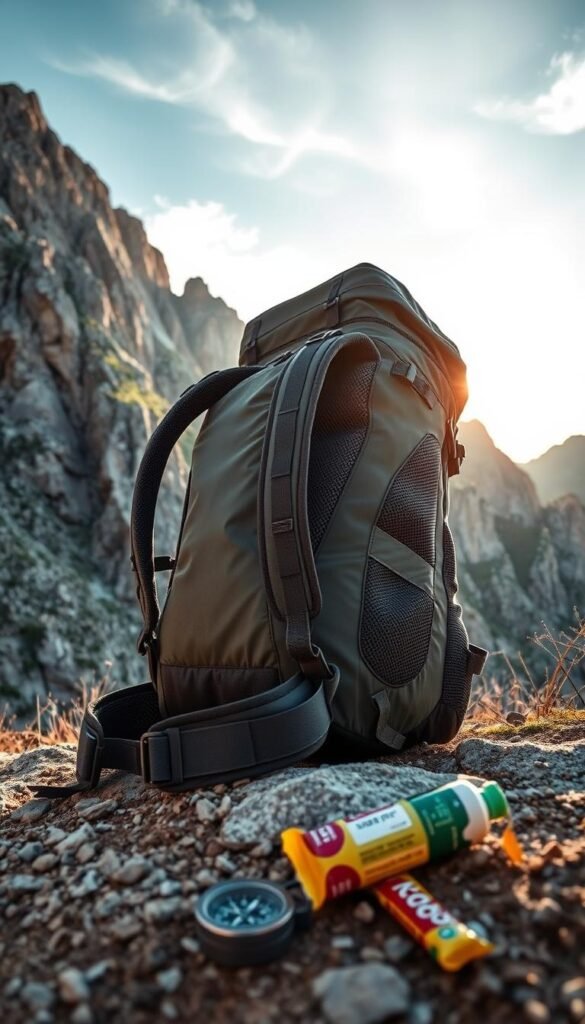
Material selection represents a critical balance between weight savings and durability. Ultralight backpack manufacturers use advanced materials like Dyneema Composite Fabric (DCF), Ultra, ECOPAK, X-PAC, and nylon (such as Robic or CORDURA) to achieve this balance. The choice of fabric significantly affects the pack’s overall performance and longevity.
The back panel design affects both comfort and ventilation. Some lightweight packs sacrifice airflow for weight savings, while others incorporate innovative mesh systems that create space between your back and the pack. A well-designed back panel is crucial for maintaining comfort during long hikes.
Closure systems have evolved beyond the traditional lid. Roll-top closures offer excellent weather protection and adjustable volume, while drawstring closures save weight but provide less protection from the elements. The choice of closure system depends on your specific needs and preferences.
Finally, load lifters and compression straps might seem like minor details, but they significantly impact how a pack carries and stabilizes different load weights. These features are essential for ensuring that your pack remains comfortable and secure, even with a heavy load.
10 Best Lightweight Backpacks for Hiking in 2025: Top Picks for Every Budget
Selecting the best lightweight backpack for your hiking adventures involves considering several key factors, including pack weight, design, and features such as pocket configuration and shoulder straps.
Durston Kakwa 55: Best Overall Lightweight Backpack
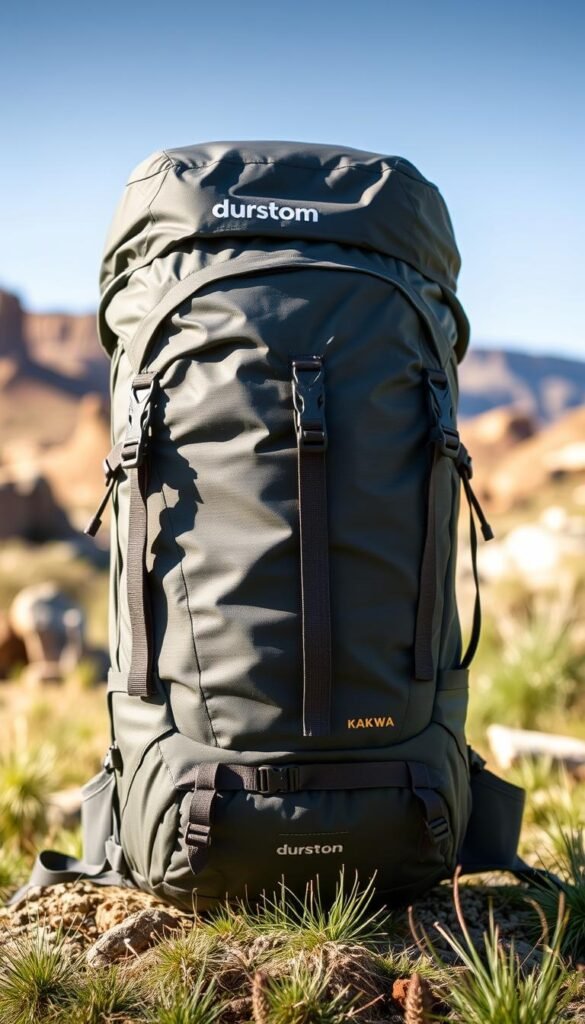
Overview
The Durston Kakwa 55 is a top choice among hikers due to its exceptional balance of weight and features. With a focus on comfort and durability, this pack is designed to handle long hikes with ease.
Pros
Comfortable fit: The Kakwa 55 features a well-designed harness system that distributes weight evenly.
Durable materials: Built to last, this pack can withstand the rigors of frequent hiking.
Cons
Some users find the pack’s ventilation system could be improved.
Key Features
The Durston Kakwa 55 includes multiple pockets for organization, a hydration sleeve, and a comfortable hipbelt.
Hyperlite Mountain Gear Southwest 55: Most Durable Lightweight Backpack
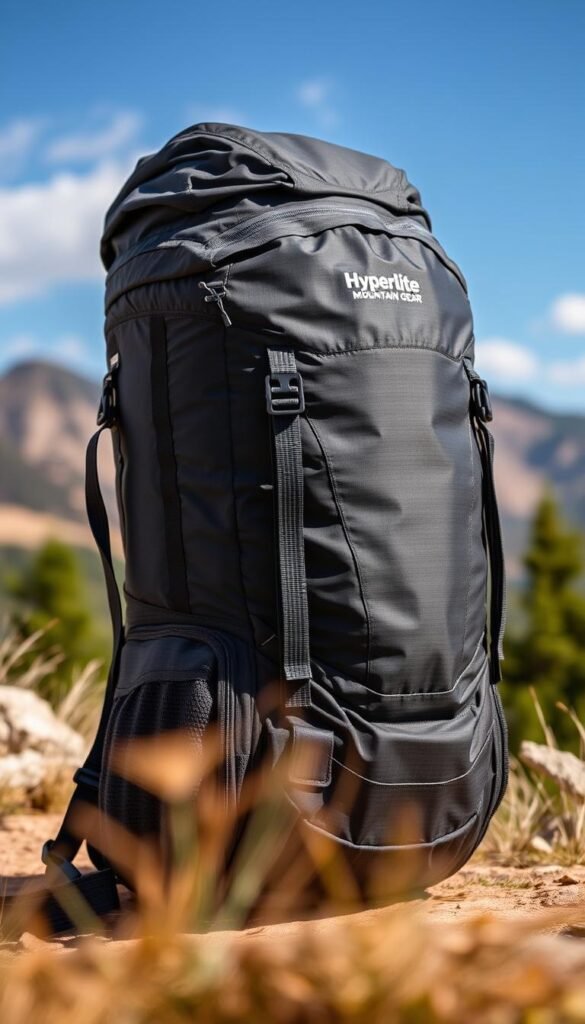
Overview
The Hyperlite Mountain Gear Southwest 55 is renowned for its durability and lightweight design, making it an excellent choice for hikers who need a reliable pack.
Pros
Exceptional durability: This pack is built to withstand harsh conditions.
Lightweight: Weighing in at just over 2 pounds, it’s an excellent choice for ultralight hikers.
Cons
The pack’s simplicity may not appeal to hikers looking for more features.
Key Features
The Southwest 55 features a simple yet effective design, with a focus on durability and comfort.
Pa’lante V2: Most Innovative Lightweight Pack Design
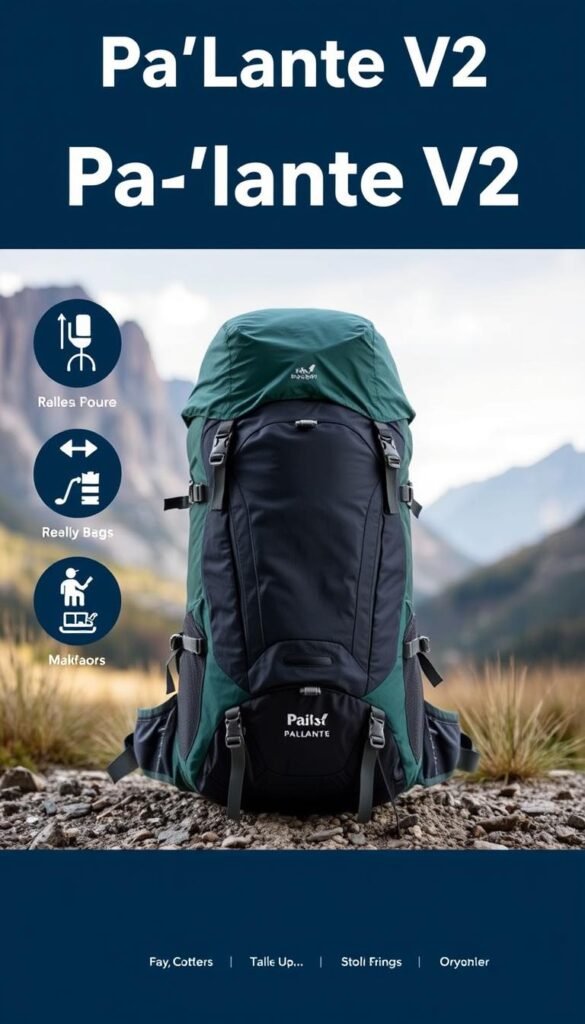
Overview
The Pa’lante V2 represents a radical rethinking of backpack design, eliminating the traditional hipbelt in favor of ingeniously designed shoulder straps.
Pros
Innovative design: The V2’s unique harness system improves hiking posture and eliminates hip chafing.
Ultralightweight: At just 1 pound 1.7 ounces, it’s an excellent choice for those seeking to minimize pack weight.
Cons
Limited availability and a steep learning curve may deter some users.
Key Features
The Pa’lante V2 features a unique bottom pocket accessible while wearing the pack, front-facing water bottle pockets integrated into the shoulder straps, and a minimalist design that encourages ultralight packing.
How to Pack a Lightweight Backpack for Maximum Comfort
Maximizing comfort with a lightweight backpack involves more than just choosing the right pack – it’s about how you load it. When packing an ultralight backpack, it’s essential to consider a few key principles to ensure your gear is distributed in a way that enhances comfort and stability on the trail.
First, start by placing your lighter, fluffier items like your sleeping bag at the bottom of your pack. This creates a cushioned base that protects more fragile gear above. I’ve found that this foundation is crucial for effective packing.
The next step is to position your heavier items, such as your food bag, cooking system, and water reservoir, close to your back and centered. This helps maintain your center of gravity and improves the overall balance of the pack. Filling the spaces around these heavier objects with medium-weight items like extra clothing layers creates a stable load.
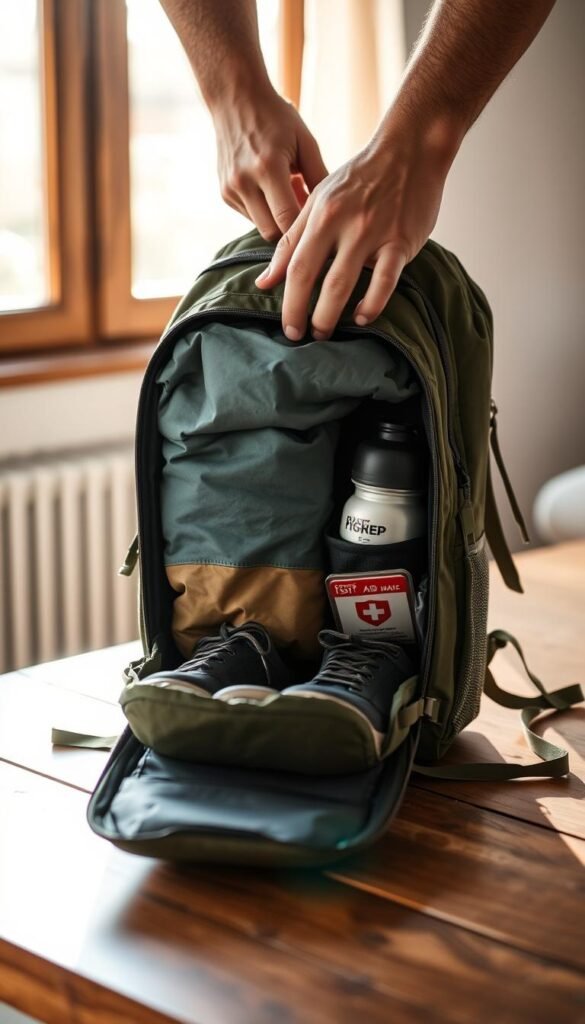
For optimal comfort, it’s also important to distribute quick-access items strategically. Place rain gear, snacks, and navigation tools in external or top pockets where they can be reached easily without removing your pack. Ensuring your pack is properly compressed after loading, using both internal packing efficiency and external compression straps, helps maintain stability on technical terrain.
| Packing Tip | Benefit |
|---|---|
| Place sleeping bag at the bottom | Creates a cushioned base |
| Keep heavy items close to your back | Maintains center of gravity |
| Distribute quick-access items strategically | Enhances convenience on the trail |
For more insights on choosing the right ultralight backpack, check out Gear Junkie’s guide to the best ultralight. By following these packing principles, you can significantly enhance your backpacking comfort and enjoy a more pleasant hiking experience.
Caring for Your Lightweight Backpack
As someone who’s spent years backpacking with lightweight gear, I’ve learned that taking care of your pack is just as important as choosing the right one. Many hikers assume that ultralight packs are waterproof due to their materials and design, but this isn’t entirely accurate. While fabrics like Ultra, ECOPAK, DCF, and X-PAC offer a degree of water resistance, seams can still allow water to seep in during prolonged exposure to rain.
To maintain your pack’s durability, I’ve found that proper care is essential. After each trip, I thoroughly clean my pack with mild soap and lukewarm water, paying special attention to zippers and buckles where dirt can accumulate and cause wear. It’s also crucial to store your pack properly – never wet or dirty, and avoiding compression of foam components like those in hipbelts or shoulder straps.
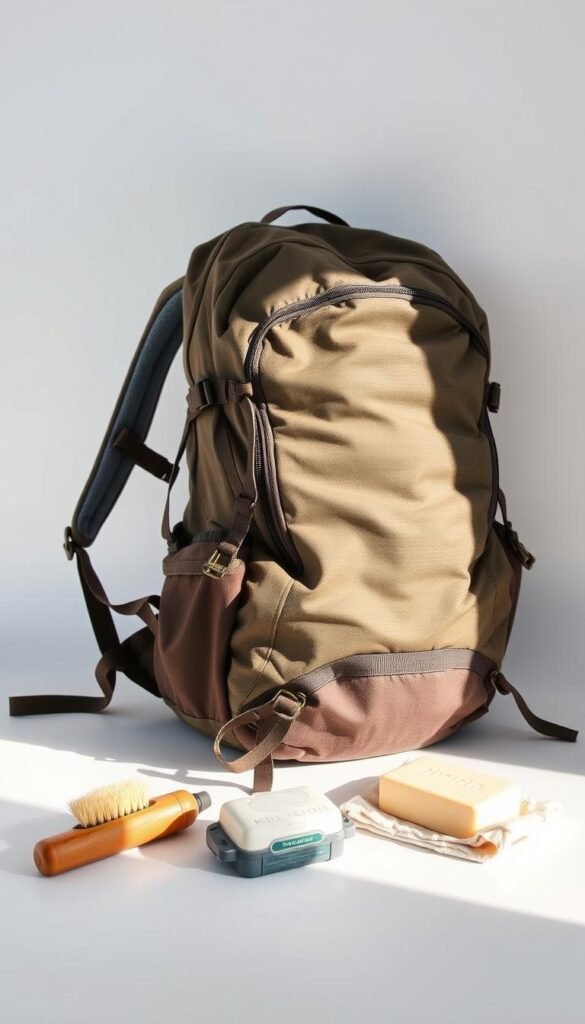
Using a pack liner or cover is a simple yet effective way to keep your gear dry in rainy conditions. Even with water-resistant fabrics, seams remain vulnerable to water penetration. Additionally, protecting your pack from UV exposure by avoiding unnecessary sun exposure and storing it in a shaded area can help preserve the fabric’s integrity.
- Regularly cleaning and lubricating zippers with appropriate products can prevent damage and ensure smooth operation.
- Addressing small tears or abrasions promptly with repair tape can prevent them from becoming major issues.
- Proper storage techniques, such as hanging your pack or storing it loosely stuffed, can help maintain the loft and cushioning of foam components.
By following these care practices, you can significantly extend the lifespan of your lightweight backpack, turning what might be considered disposable gear into durable equipment that lasts for thousands of trail miles.
Conclusion
As we wrap up our exploration of the best lightweight backpacks for hiking in 2025, it’s clear that the right pack can transform your outdoor adventures. After thousands of miles testing these lightweight backpacks across diverse terrains and conditions, I’m confident that this guide represents the best options available in 2025 – with choices spanning from budget-friendly entries to premium ultralight innovations.
The evolution of lightweight backpacking gear over the past decade has been nothing short of revolutionary. What once required significant comfort sacrifices now offers remarkable carrying experiences at weights that would have seemed impossible just a few years ago. Your perfect backpack ultimately depends on your specific hiking style, body type, and gear preferences.
I encourage you to honestly assess your backpacking needs before selecting a pack – considering factors like typical trip length, expected load weight, environmental conditions, and personal comfort preferences rather than simply choosing the lightest option available. Remember that transitioning to a lightweight pack often requires rethinking your entire gear system.
The investment in a quality lightweight backpack pays dividends beyond just reduced weight – it enhances your overall hiking experience, allowing you to focus more on the surrounding landscape and less on physical discomfort. Whichever pack you choose from this guide, I’m confident it will serve as a reliable companion for your trail adventures.
0 Comments